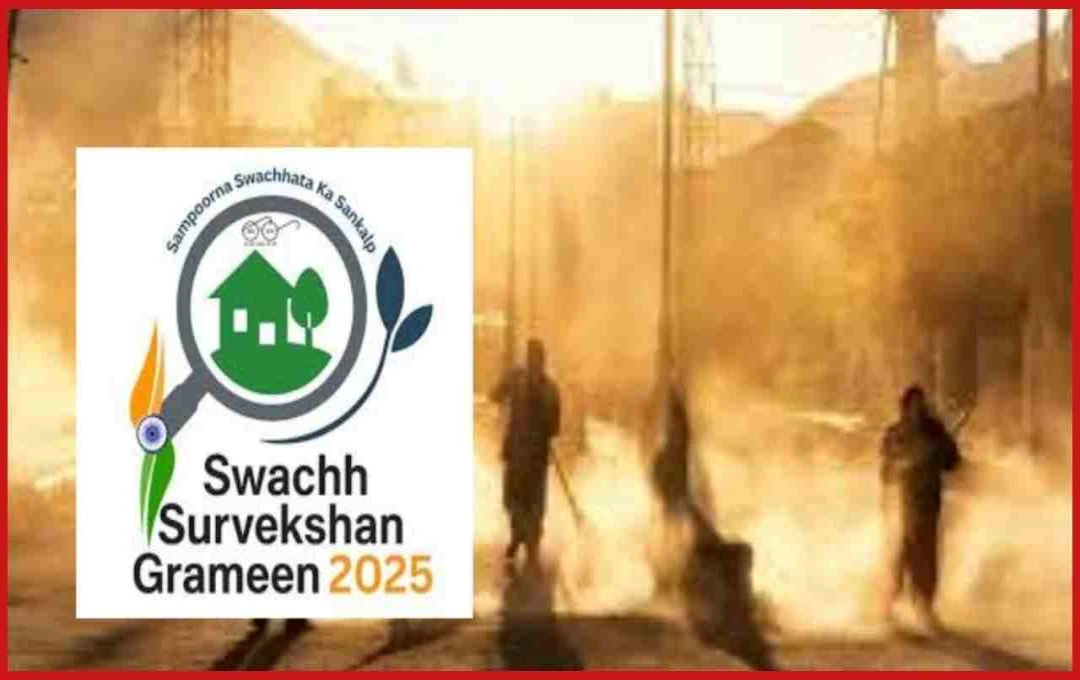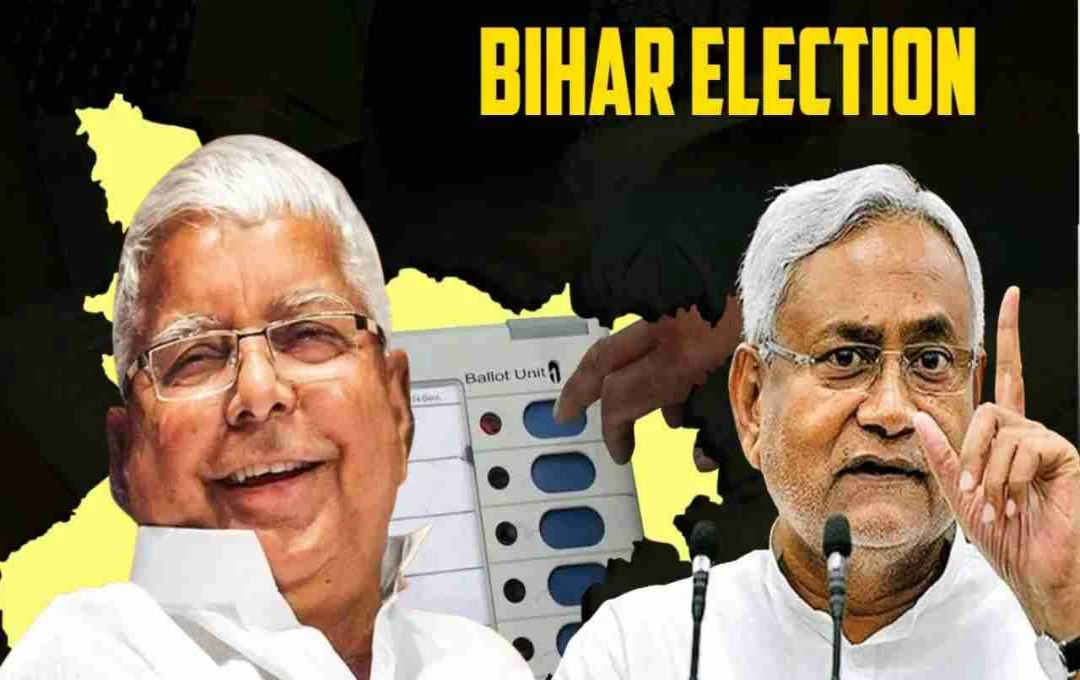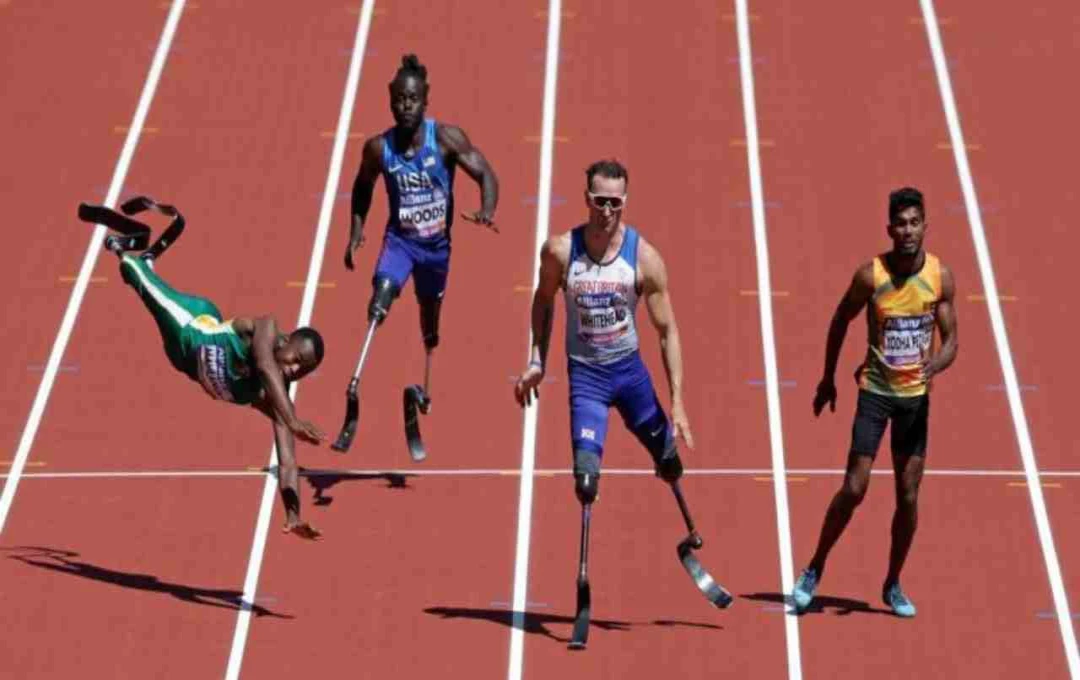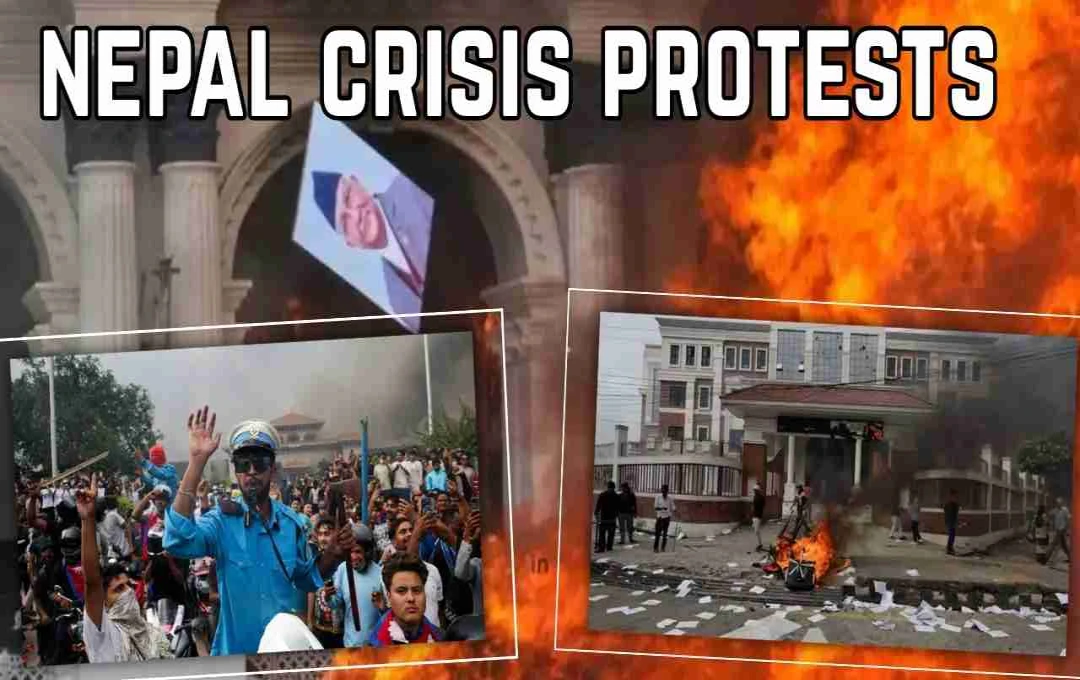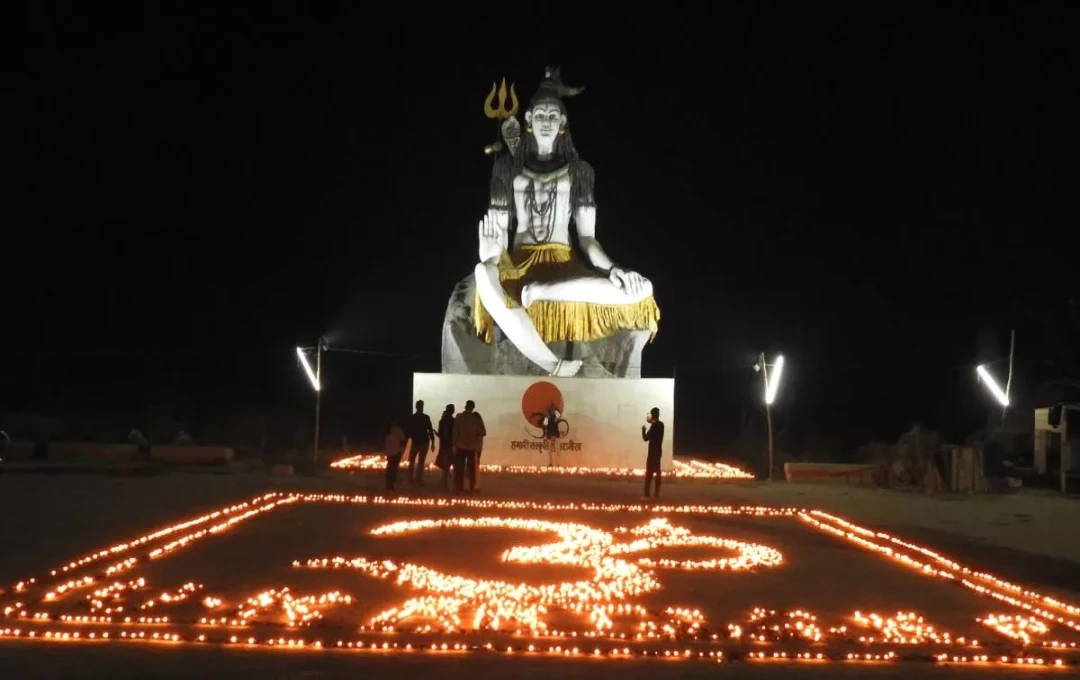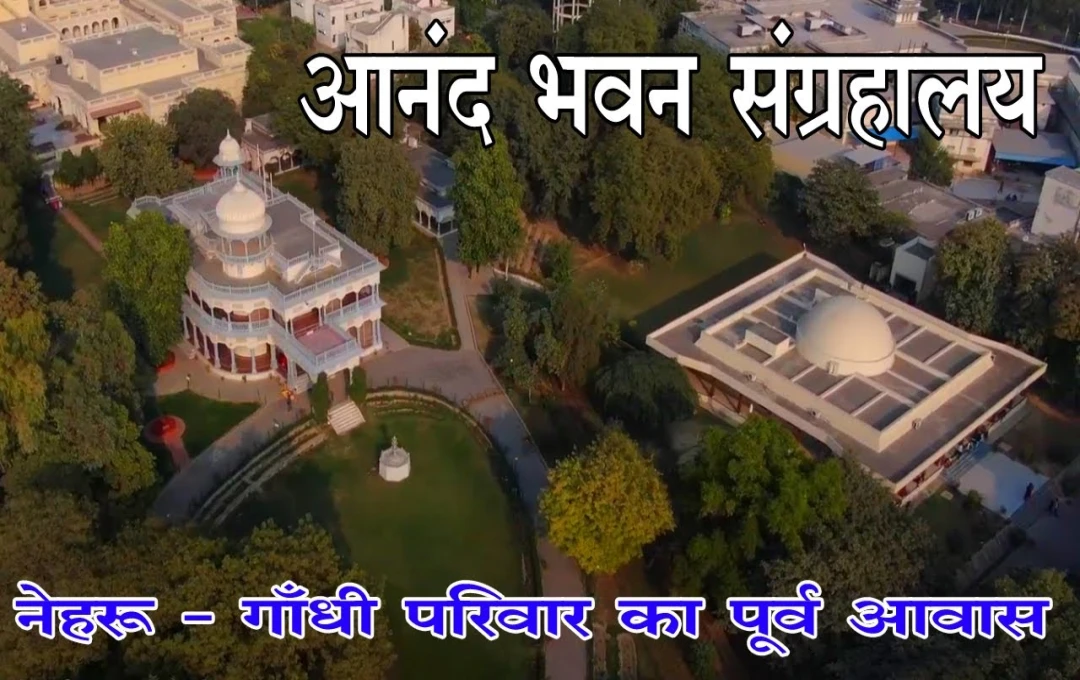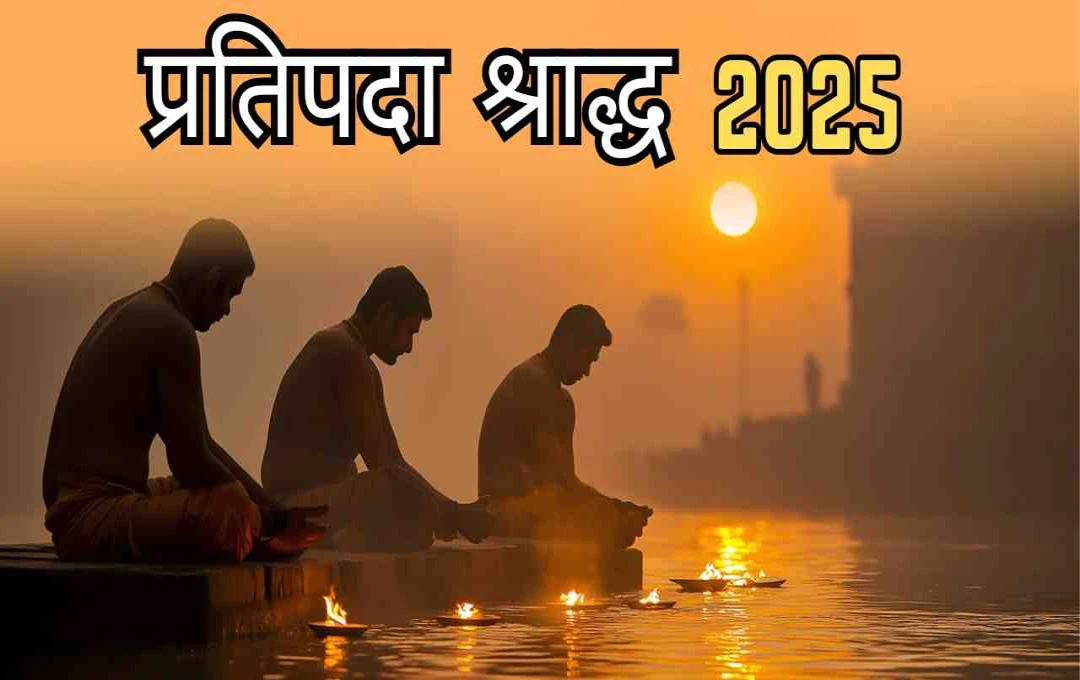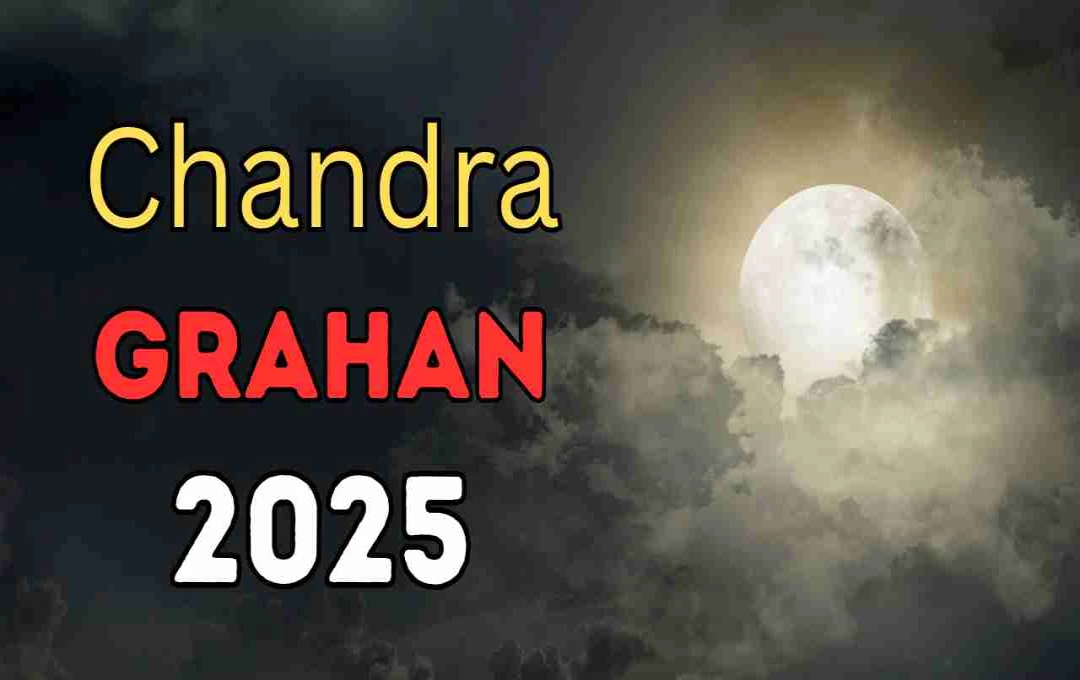NDA candidate C.P. Radhakrishnan secured a resounding victory in the Vice Presidential election, garnering 452 votes. Opposition candidate B. Sudarshan Reddy received 300 votes. Cross-voting impacted the outcome and raised questions about opposition unity.
Vice President Election: In the Indian Vice Presidential election, NDA candidate C.P. Radhakrishnan registered a spectacular win, delivering a significant blow to the opposition camp. Radhakrishnan secured a total of 452 votes, far exceeding the required 392 votes for victory. On the other hand, India Alliance candidate B. Sudarshan Reddy received only 300 votes and faced defeat.
This result clearly indicated that the ruling side was ahead of the opposition not just in terms of numbers but also in strategy. This election was also important because former Vice President Jagdeep Dhankhar had resigned in July due to health reasons, leaving the seat vacant after his resignation.
Complete Vote Count Breakdown
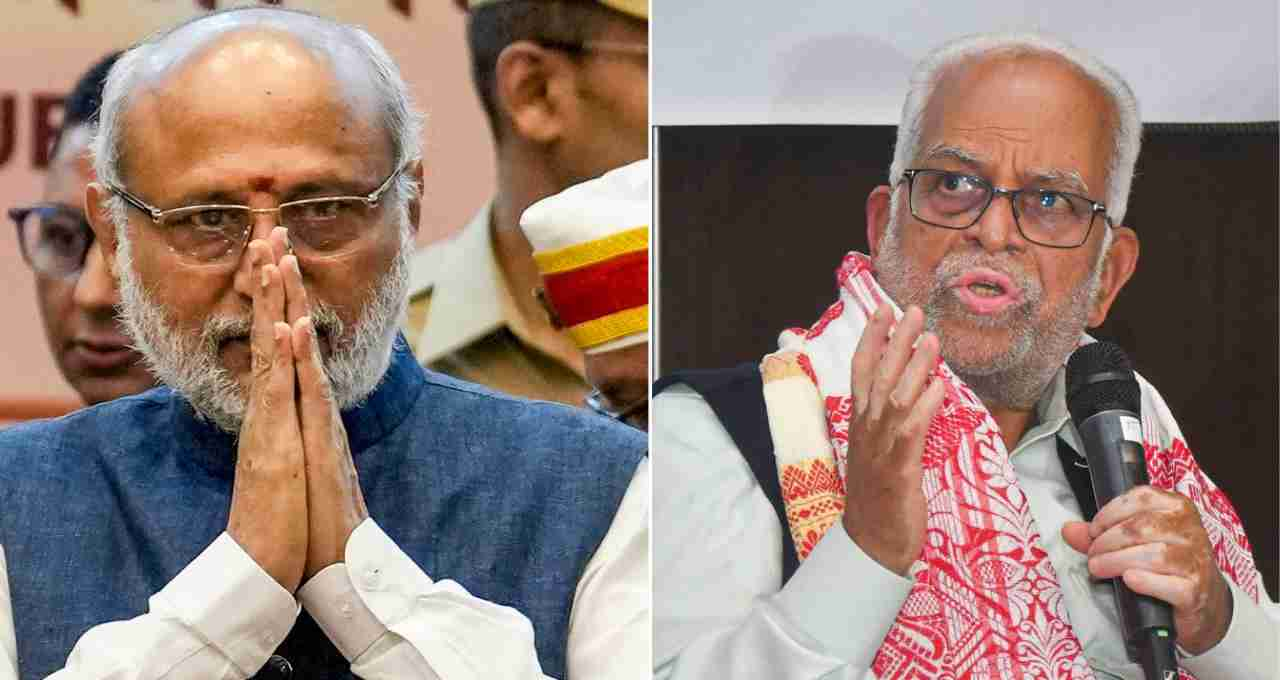
Members of Parliament from the Lok Sabha and Rajya Sabha cast their votes in this election. Out of a total of 788 seats, seven were vacant, so 781 MPs were supposed to vote. Among these, the NDA had 427 MPs, while the opposition parties had 354. Out of the 354 MPs from the opposition bloc, 315 belonged to the India Alliance, and the remaining 39 MPs were from parties not aligned with any particular bloc. During the voting, the YSR Congress Party played a crucial role, with 11 of its MPs openly voting in favor of the NDA. This directly increased the NDA's tally to 438. Meanwhile, out of the remaining 39 MPs, seven from BJD, four from BRS, one from Akali Dal, and two independent MPs did not participate in the voting. Thus, a total of 14 MPs stayed away from voting, and several votes were also declared invalid.
Impact of Cross-Voting
A total of 15 votes were declared invalid in this election, of which 10 were from the NDA bloc and 5 were from the opposition bloc. Despite this, the NDA candidate also received votes from the opposition camp. The impact of cross-voting was so significant that approximately 10 MPs from the opposition bloc supported the NDA. This made it clear that questions are being raised about the opposition's unity, and their internal differences are deepening. This proved to be a beneficial deal for the NDA, as they managed to secure a b tally of 452 by breaching the opposition's vote bank.
Opposition's Strategy and NDA's Preparation
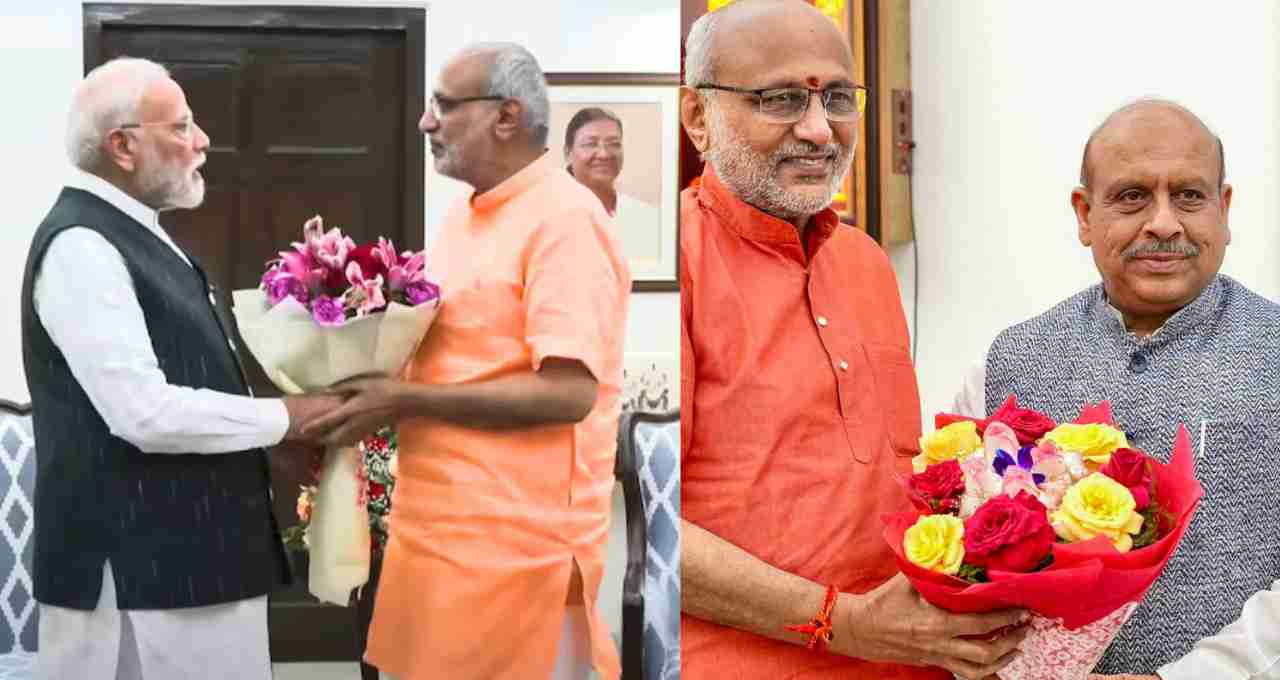
The opposition nominated B. Sudarshan Reddy to convey a message of their unity, aiming to demonstrate that the India Alliance could collectively challenge the ruling party. However, the results exposed the flaws in their strategy. Sudarshan Reddy himself had appealed to the MPs to vote according to their conscience. This very appeal backfired, as many MPs used it as an excuse to support the NDA. On the other hand, the NDA had already strengthened its preparations. They not only kept their MPs organized but also made inroads within the opposition, gaining an advantage through cross-voting.



